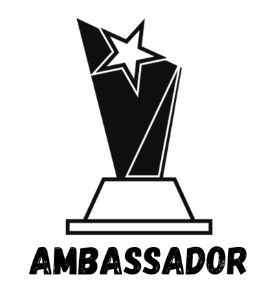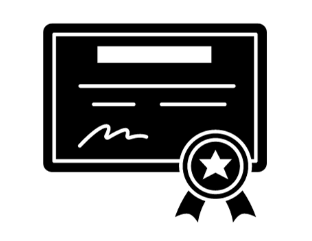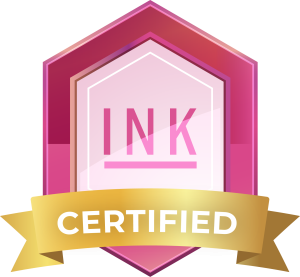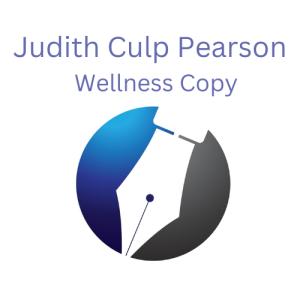Beauty and Wellness comprise over a 4.2 trillion dollar market and growing exponentially. But the terms can be a bit confusing or vague. So, as a marketer, how do you pick the best words to reach your market? A recent study by the University of Pennsylvania showed that while there are some commonly associated definitions, there is also a broad diversity.
That study focused on semantics and looked at term associations based on age groups and gender. My concerns were as a marketer. How do we choose the correct terms to reach our target market? Do people understand what wellness encompasses? What about beauty? How do people actually think about it, define, it and engage with it?
Table of Contents
This spring, I interviewed over a dozen different people in the wellness industry. Marketers, beauty and supplement manufacturers, coaches, fitness experts, nutritionists, and more. As much diversity of the sector as I could connect with.
My core question was how we could make wellness more understandable in our messages. Do people really “get” how diverse it is? The responses were all over the place. Some had found phrases or words that connected with their specific segment of the public.
Others were all about expanding the dialogue about how to better share wellness concepts. They agreed there is an opportunity for a lot of improvement.
As with all marketing success, communication is the key. First, you have to hone in on your target audience. The more you know about your ideal client, the easier it is to select the best terms to connect, engage and move them forward. This identification is essential considering the diversity found in this study.
In this study, they found that some terms are cross-generational. Others terms are age-related. The more life experience, the more it colors the way we think. And yes, it makes a difference whether you are selling to men or women.
When working with clients, experienced marketers focus on these differences. The more we understand how our target group thinks about beauty and wellness, the more we engage them.
We can’t discount the survival genetics built into our primal brain. Ancient ancestors’ survival depended on selecting a suitable mate. Attributes of attraction were those that indicated the ability to survive and procreate. Those would have been considered beauty.
For both sexes, this meant appealing, attractive features, good teeth, and a strong constitution.
The most desirable men had a body built for successful hunting and protection. The most beautiful women had a body configured for pregnancy and to nurture children. Attributes related to healthy and fertile mates.
Those with less desirable features or lacking other attributes slipped down the selection pyramid from the top choice. These preferences are still clearly evident among animal groups today. A puny, weak animal isn’t going to have the opportunity to procreate. It was about the survival of the species.
Look at any magazine or marketing advertisement today, and you can still see these biases in action among humans. It’s only been very recently we are embracing and recognizing the value in those who are unique or different.
The study findings divide into three categories. First, there were terms common to all age groups and both men and women respondents. Second, generational dependent words. And third choices that were different between genders.
The survival considerations that guided our ancient ancestors evolved over the millennia. Greek and Roman influence involved more intellectual pursuits and lifestyle, as well as that of seeking pleasure.
Beauty today is most often associated with lovely, feminine, gorgeous, elegant, stylish, and sexy. Elegance and grace are different from sexiness, but there is a clear overlap in the association with beauty.
Key wellness alternatives include fitness, aerobics, health, lifestyle, nutrition, thrive, holistic, and meditation.
They also verified what the marketers I interviewed noticed.
The term beauty is more related to physical and cultural attributes. On the other hand, wellness relates more to active practices that promote health and thriving.
The study included people from Gen-Z, Millennials, Gen-X, and Baby Boomers. It acknowledged there are individual differences within each group despite the commonalities.
Life experiences influenced the term associations. The study proposes that with the accumulation of life experience, we increase the tendency to segregate semantically. As a result, the terms become more specific.
Our increased lifespan, and therefore increased level of experience may also contribute to differences.
Another attribution for the difference is age heightens socio-cultural awareness and related stereotypes. Most often, these are related to the words attributed to young, beautiful, healthy bodies.
In the past, men identified with looking rugged, macho, and exhibiting athletic superiority. However, younger men today are increasingly concerned with personal image and appearance. These shifts may result from the changing employment culture’s impact on social values.
It’s interesting to note that semantics, the meaning of the words used, were more structured among women than men.
When considering the terms beauty and wellness, women segregated them more. For example, education had been classified initially as a wellness term. But among both women and boomers, it was attributed to beauty.
Another example is that delicious, exotic, and talent were initially classified as beauty terms. But in some groups, they are more associated with wellness. So again, it’s about researching and knowing your specific group.
I help them match their message, the terms used, and the SEO to their targeted audience. It’s complex and requires segmenting the audience, tracking, and testing to assure the best outcome. https://jcpwellnesscopy.com.
For the complete details and the full article, you can read it here.
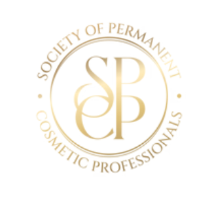 Judith Culp Pearson receives three top honors
Judith Culp Pearson receives three top honors
at the annual Society of Permanent Cosmetic Professionals in
Ft. Worth, Texas - October 7-9, 2023
